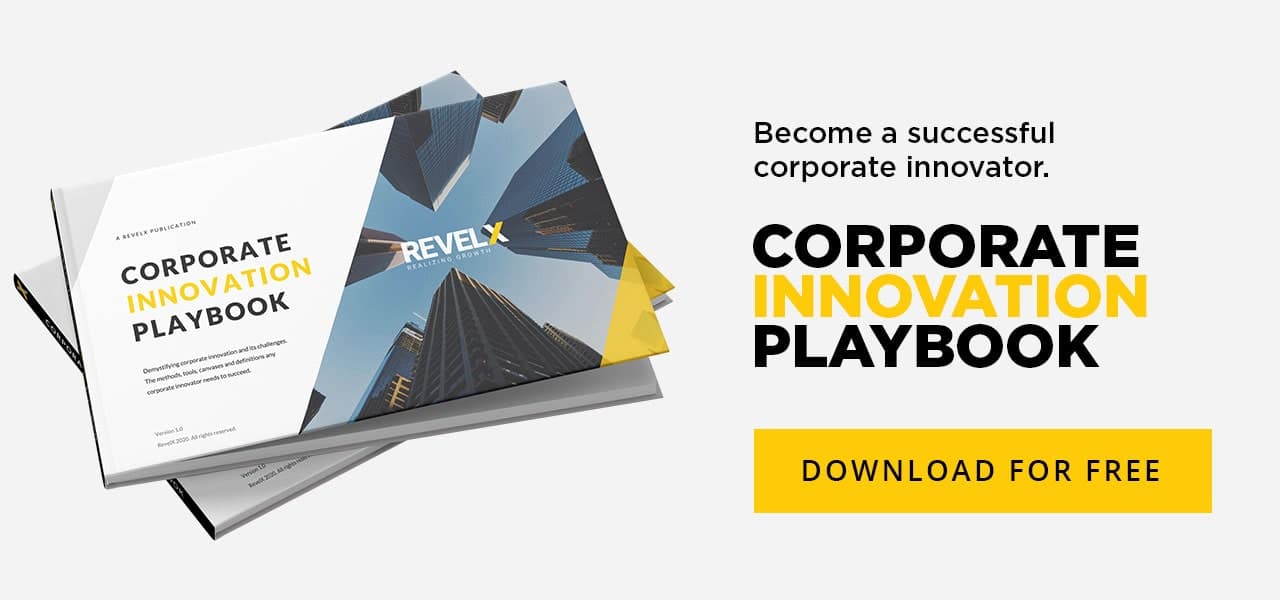Over the last year, I interviewed many CEOs of various international companies, large and small, profit and nonprofit, grownups, and scaleups in all sorts of industries. The leading question was always: “How do you organize your innovation most effectively?” The discussions were confidential, and content was often competitive and market sensitive. The results are short anonymous corporate stories. Honest and insightful. A great way to share knowledge and innovation experience.
Band of brothers, innovation DNA
An interview with the Chief Innovation Officer of a poultry farming innovator
How it all started
The story of our company started some 40 years ago with two brothers. One of them invented a breakthrough innovation for breeder housing, the first automatic breeder nest box for chickens in the world. After that, they took on the challenge in other poultry markets like turkeys, layers, ducks, and broilers.
Today our company is still family-owned and creates solutions for successful poultry husbandry. We focus on sustainable poultry farming, with the lowest possible environmental impact, and taking care of the welfare of the animals. We specialize in cage-free poultry farming, in particular in housing equipment, egg handling, and climate solutions. The company has over €100M turnover, employs 400 people, and serves more than 1000 customers all over the world, working from local branches and dealers.
Innovation DNA
Innovation is part of our DNA. It’s how it all started and is still very much alive. The owners/shareholders are very innovation-driven. New is the norm in the family. Not only with the two brothers that started the company, also the second generation is pretty much infected with the innovation virus. Five children are working now in the company. Two of them are members of the board responsible for general and commercial management.
One of the offspring has a very specific innovation task. He is heading a specific department called RAFT. Their assignment (if you can call it that) is to focus on the new/new, the crazy stuff, the extremes. The head of RAFT is the leader of the pack. He is all over the place, everywhere in the company and outside. The high degrees of freedom that RAFT has given itself is of course deliberate. But don’t let them fool you. It is organized. There is an agenda, a budget, and a proper stage gated process in place. The leader is also the gatekeeper, who happens to be also one of the greatest technicians of the family. DNA is passed over to the next generation!
The role of R&D
The role of R&D is to pick up the more fruitful ideas and model them into working products. R&D is combined with Technology and reports directly to the CEO. There are two R&D teams, a total of 40 people. Yes, I hear you thinking that is 10% of the total of employees in the company. Not bad, hey? And that for an SME company. And on top of that more than 5% of our turnover is spent on out-of-pocket expenses on R&D.
R&D is positioned in the company within RAFT, which focuses on more disruptive innovations and Product management, taking care of the more incremental stuff. Also, R&D claims and takes a lot of freedom to act. But I realize that this has also a lot to do with my own character being more of an adventurer and challenger than the guy that fits nicely into organizational processes and structures. The family obviously has chosen one of their own kind to do the job.
Incremental innovation
Product management has the responsibility for the current portfolio, which is managed through business planning. Their innovation horizon is limited and sits within a timeframe of 1-2 years. Disruption is not their cup of tea. Product management works (too) close to sales. Salespeople are often one of the biggest obstacles for innovation. But product management in our company is not the same as in other more traditional companies. We experienced this in the past with some bad hires from outside of the company. The amount of innovative talent of our product managers is very high compared to the market. The difference is huge.
First mover
We have a couple of competitors, of which some are very large. But as an innovator, we are often the first in the market with new daring ventures. We are not the biggest but the fastest. What helps is that the Dutch farmers are very keen on adopting new technology. Some large clients also help to co-invest in the new ventures. But the Dutch market is not enough as a pilot ground to test our innovations. The value chain in the Netherlands is very fragmented, into separate value propositions. Outside of the Netherlands, you will find much larger companies/farms that sometimes control the whole value chain or large parts of them. They have a different perspective towards innovation, looking at more holistic integral solutions. We therefore focus with them on optimization of the whole chain.
A good example of looking at this bigger picture is a new concept that we have developed. An egg lifecycle/journey approach for which we have developed machines for crucial parts of the egg journey (e.g. breeding, housing, transportation, selection/quality, packaging, etc.) We even have partnerships with other specialized companies for the processing of poultry (slaughtering, evisceration, deboning).
Challenges
One of the bigger themes that we are dealing with nowadays is CO2 reduction. A hot topic in agriculture. The government is also participating in this through subsidy programs. Another one is digitization through data gathering and system integration. The end goal is to improve the overall system. We call it the electronic egg. The first step is to gather data to learn. First agreements have been set up with customers to start the data gathering process. Everything is measured to see what you don’t see and to improve the quality.
But even in our innovative company, the biggest challenge is not technology but people. How can we take them on the same journey of change? Especially our salespeople that need to get out of their product/transaction focus. For example, trying to get them to sell a lease construction is still a challenge. The human part of change and innovation is often the most important. You must try not to put everything in processes and structures.
The ‘how to’ topic accrued out of the feedback that we got from readers of the book I have written on innovation with my esteemed colleague Matthijs Rosman called ‘DARE, The Mindset for Successful Innovators in the Digital Age’.
The purpose of the interviews is to create a new publication as successor of DARE. Do you want to join the conversation? Feel free to contact me at eric@revelx.nl.
Eric de Groot
Boardroom strategist with unparalleled creative brainpower. Always focused on growth. Creates speed by combining business modeling with inventive pragmatic solutions. Invests in involvement over a sustained period.
Related posts
Corporate Venturing Q&A
Corporate venturing questions and answers guide: benefits,…
September 27, 2025
The Corporate Venturing Process Framework. From Idea to Scalable Success
Apply the corporate venturing process framework to scout,…
September 23, 2025
Why 70% of Corporate Venturing initiatives fail and how to avoid It
Avoid the 70% failure rate by understanding why corporate…
September 17, 2025




